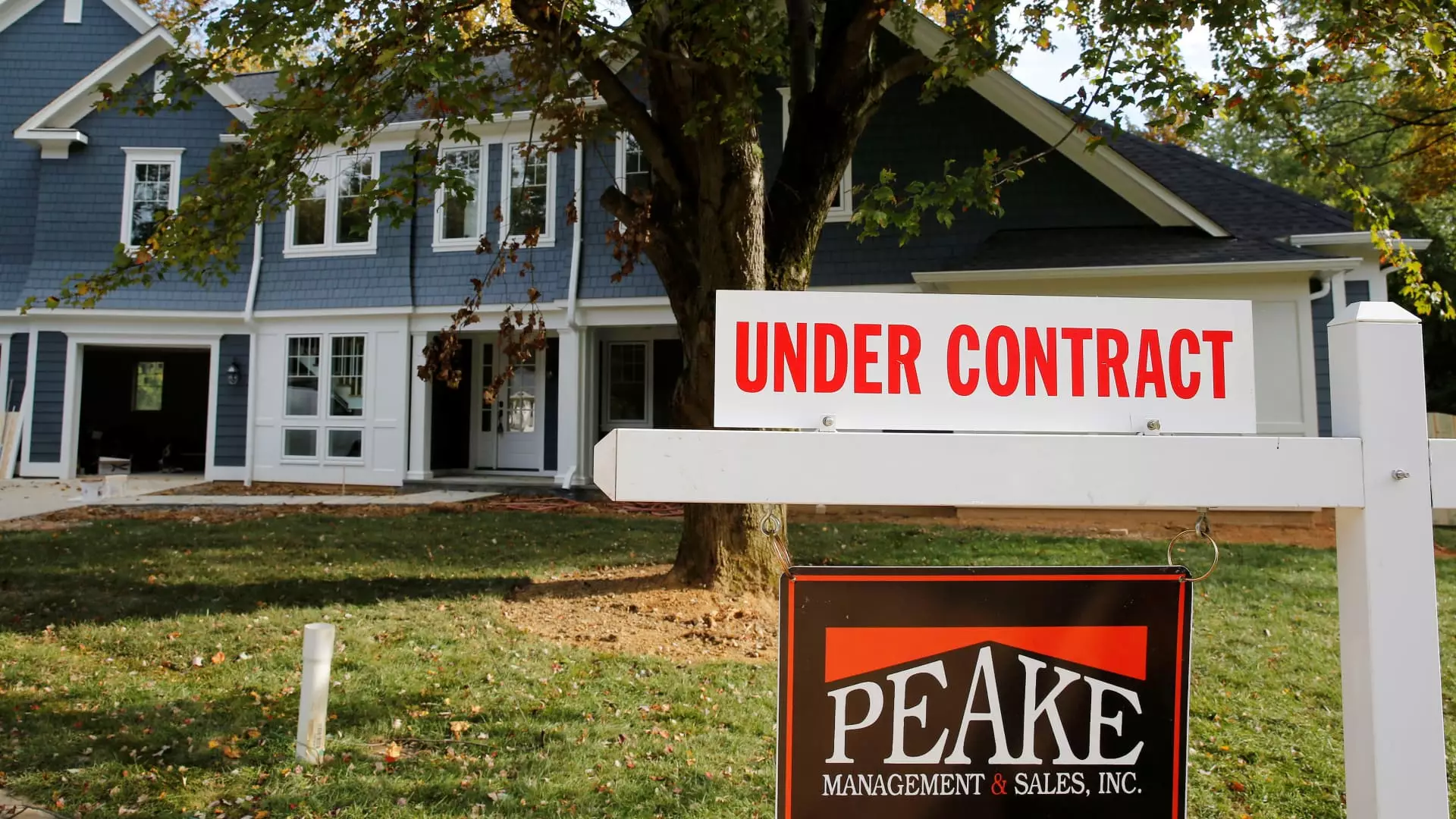The real estate market exhibited a surprising uptick in pending home sales in September, with a notable 7.4% increase compared to August. This statistic, sourced from the National Association of Realtors (NAR), defied analysts’ projections, which anticipated only a modest rise of about 1%. September marked a significant moment for the housing sector, as the number of signed contracts reached its highest point since March and displayed a 2.6% improvement year-over-year. Such an increase raises questions about the shifting dynamics of buyer behavior in response to changing mortgage rates and economic conditions.
Central to understanding this growth is the pivotal role of mortgage rates, particularly the 30-year fixed mortgage rate. Throughout August, rates declined steadily, reaching a low of 6.11% on September 11. This decline likely increased buyer confidence, as lower borrowing costs could enable more consumers to enter the housing market, despite ongoing affordability challenges. However, this optimism was short-lived, as rates have since exceeded 7%, exacerbating the affordability crisis once again. This scenario illustrates the sensitivity of buyers in today’s market; fluctuations in rates can significantly influence their purchasing decisions.
Regional Variances and Future Implications
Regionally, the increase in pending sales exhibited clear disparities. Gains were most pronounced in the West, where elevated home prices mean that even slight rate reductions could yield substantial savings for buyers. In contrast, the Northeast and West saw positive year-over-year comparisons, while the Midwest and South remained flat. This regional analysis suggests that while overall market trends point to a rebound, localized economic factors and housing market conditions can create divergent outcomes. If the economy continues to add jobs and inventory increases, the potential exists for further improvements in pending sales.
Despite the encouraging statistics, experts caution that the rise in pending home sales may be temporary. With mortgage rates now climbing back to the 7% mark, challenges surrounding affordability reemerge, potentially stifling buyer activity in the coming months. The Mortgage Bankers Association reported a 10% year-over-year increase in mortgage demand, yet this figure must be contextualized within the historical low levels of demand observed in recent times.
Chief economists, such as those from CoreLogic, express concerns that the rebound in pending sales won’t be sufficient to sustain or boost home sale levels in 2024 beyond what was seen in 2023. As affordability continues to dwindle, it remains to be seen how buyers will adapt, especially in a landscape where mortgage rates are unpredictable and may hinder the long-term stability of the housing market.
While September’s increase in pending home sales holds promise, real estate professionals and potential buyers alike must navigate a highly volatile market characterized by fluctuating mortgage rates and varying regional performance. The indicators suggest that while buyer activity has surged, the underlying challenges posed by rising rates and affordability may temper growth, raising critical questions about the sustainability of this rebound in the months to come.

Leave a Reply